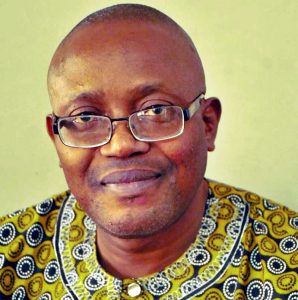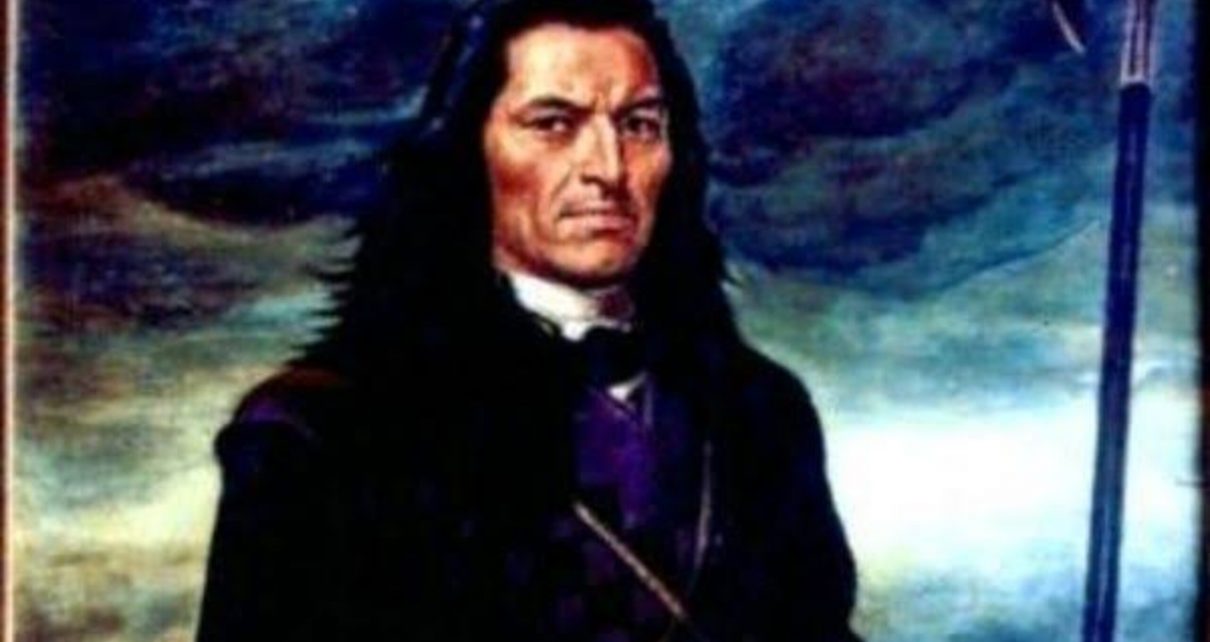
I have a confession. Sometimes, I have caught myself thinking about the world and what humans have done to it. Many times, I have been lost in thought about humans and what they have done to other human beings. Several times, I have caught myself debating who have been the most vicious colonialists who for lust and greed and in order to plunder riches, sent millions of other humans to early graves.
Does this infamous trophy go to the British who massacred the Kikuyus in Kenya for daring to demand freedom? Even after the massacres and defeat of the people, the British still executed 1090 kenyans. Can it be the Americans who in their desperation to stop Vietnamese independence got some two million of them killed? Is it be the French who in Algeria alone, killed over two million people in a vain attempt to stop the Algerian independence? Or is it the Germans who in Namibia, wiped out about 75 per-cent of the Herero population and some 50 per-cent of the Nama population? That was the first genocide in the contemporary world, pushing that of the Armenians to the second place. In the course of this 1904-1908 genocide, the Germans practiced mass extermination including gassing people. These methods they perfected and used over three decades later exterminating some six million Jews.
I do not think any of these compare with the viciousness of Belgian colonialists who in what is now the Democratic Republic of Congo, massacred fifteen million Africans. As incredible and horrifying as these stories of inhumanity are, I think the Spaniards hold the dubious trophy of being the most vicious colonialists in human history. There are simply no reliable statistics or estimation of Spanish genocide against the colonized in Latin America.
Also unparalleled, is the level of cruelty of the Spanish colonialists. If you think the Belgian execution of children over tax payment, or preference for severing the hands of victims for reliable census of those killed, wait to read of the Spanish preferences as exemplified in the trial and execution of the Peruvian patriot, José Gabriel Condorcanqui, better known as Túpac Amaru, his family and lieutenants.
He adopted the name of an earlier anti-colonial ancestor and became known as Túpac Amaru II. His demands of the Spanish colonialists included the abolition of slavery and freeing of slaves, abrogation of taxes, freeing indigenous people and mestizos from sweatshops and mandatory public service, and the restitution of all ancestral lands to their rightful owners.
Túpac Amaru also demanded the redistribution of goods and property among the poorest, the restitution of women’s power and respect for women, freedom of the peoples of America to form an Indian-Mestizo-Creole nation.
In rejecting three centuries of colonialism, he also rejected the European political economy of: “ selling away and auctioning justice to those who subscribe to the faith according to which things should belong to whoever pays the most …with no fear of God, breaking like animals the natives of the kingdom, taking the lives of all those who do not know how to steal…”
His rebellion from 1780 to 1783 was one of the largest uprisings in colonial Spanish-American history, fighting not just in Peru, but also in present day Chile, Argentina, and Colombia.
Two officers of his army, Colonel Ventura Landaeta and Captain Francisco Cruz betrayed him leading to his capture and the capture of his family and several lieutenants. After severe torture, the Spanish judiciary in a sentencing that remains quite bizarre and inhuman ordered that Túpac Amaru watch the executions of his family, then have his hands and feet tied: “…to four horses who will then be driven at once toward the four corners of the plaza, pulling the arms and legs from his body. The torso will then be taken to the hill overlooking the city… where it will be burned in a bonfire… Tupac Amaru’s head will be sent to Tinta to be displayed for three days in the place of public execution and then placed upon a pike at the principal entrance to the city. One of his arms will be sent to Tungasuca, where he was the cacique (Native Chief) and the other arm to the capital province of Carabaya, to be similarly displayed in those locations. His legs will be sent to Livitica and Santa Rosas in the provinces of Chumbivilcas and Lampa, respectively.”
On May 18, 1781, Túpac and other prisoners of war were taken to the Plaza de Armas in the capital, Cuzco for execution. His first son, Hipólito, first had his tongue cut out before being hanged. He also witnessed the painful execution of his wife Michaela Bastidas an Afro-Peruvian who had commanded a battalion of fighters. Even as she was being taken to the gallows in front of her husband and son, Fernando Micaela, she fought her executioners before being subdued. Her tongue was cut out but she could not be hanged because her neck could not reach the winch, so the executioners threw ties around her neck to strangle her. But she did not die immediately, so she was hit with a club, and viciously kicked in the breast and stomach until she gave up the ghost.
Tupac had his limbs tied to four horses which were beaten to run and tear him apart, but even in that condition, he tried to draw in the horses; eventually they could not severe his limbs, but dislocated them. Just before his tongue was cut off, Túpac Amaru told the colonialists: “I’ll be back and there will be millions of us”. He was then beheaded.
A total of 73 leaders of the uprising, 32 of them, women were executed. Despite this, the revolt continued until the Spanish government issued an amnesty to all insurgents.
In the 20th Century, two guerrilla movements named themselves after Túpac Amaru; the Tupamaros in Uruguay and the Túpac Amaru Revolutionary Movement in Peru. In the United States, Ms Afeni Shakur, a member of the Black Panthers Movement in 1972changed the name of her one year old son, Lesane Parish Crooks to Tupac Amaru Shakur. Also known as 2pac, he became one of the most famous and nonconformist rappers in the world.
Túpac Amaru became a mythical figure whose spirit guided not just Peru, but also a number of Latin American countries to independence. He led in the pantheon of Latin American liberators which include Simon Bolivar, Jose Marti, Antonio Maceo ‘The Bronz Titan’ Augusto Sandino (After whom the Nicaraguan revolutionaries named themselves the Sandinistas) Ernesto Che Guevera, Fidel Castro and Father Camilo Torres.
The 240th Commemoration of Túpac Amaru’s vicious execution comes up on Tuesday May 18, 2021. He continues to rest in power.
- Owei Lakemfa is a journalist, activist, and socio-political critic


